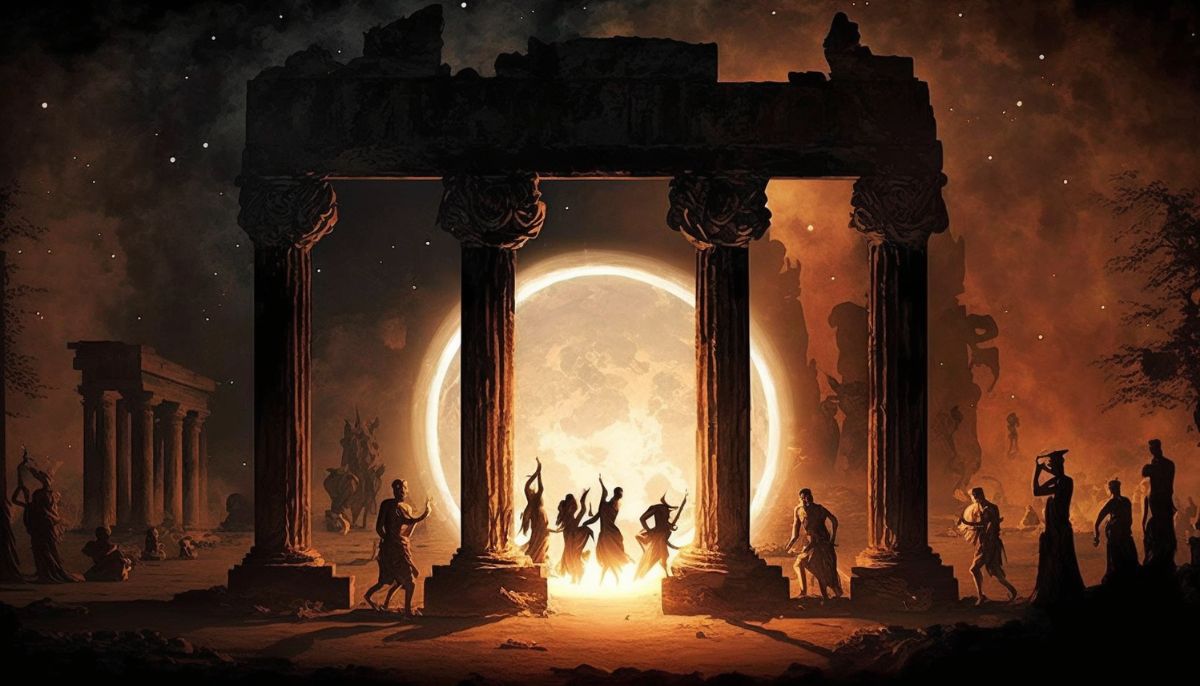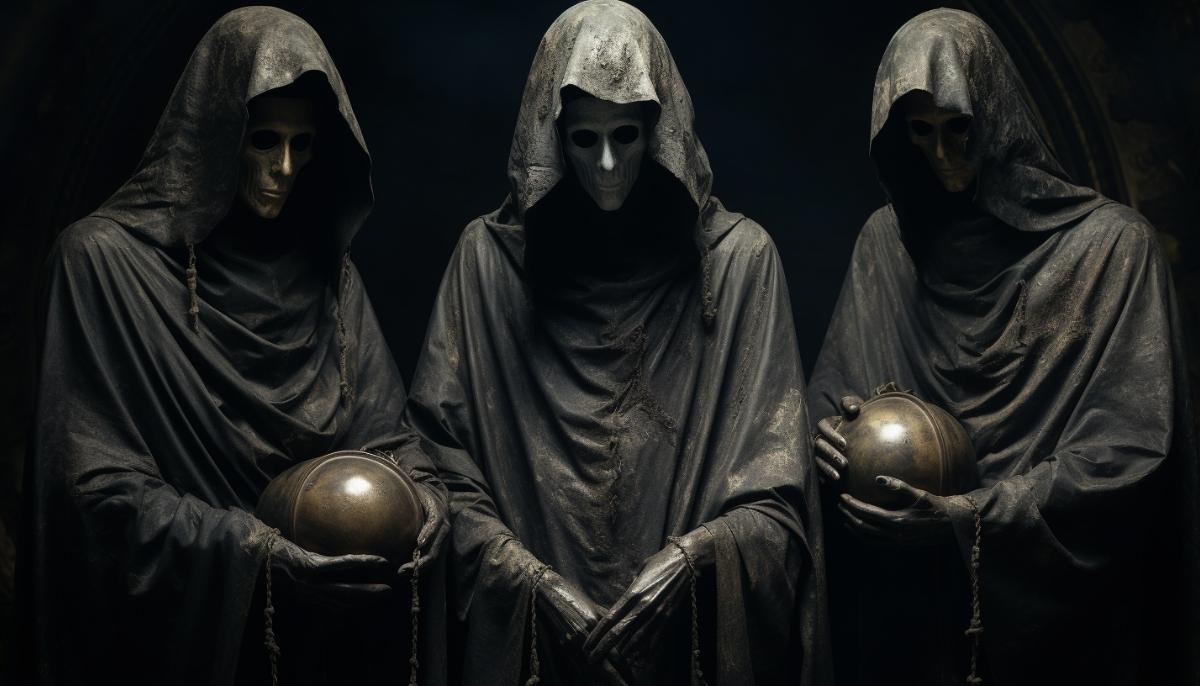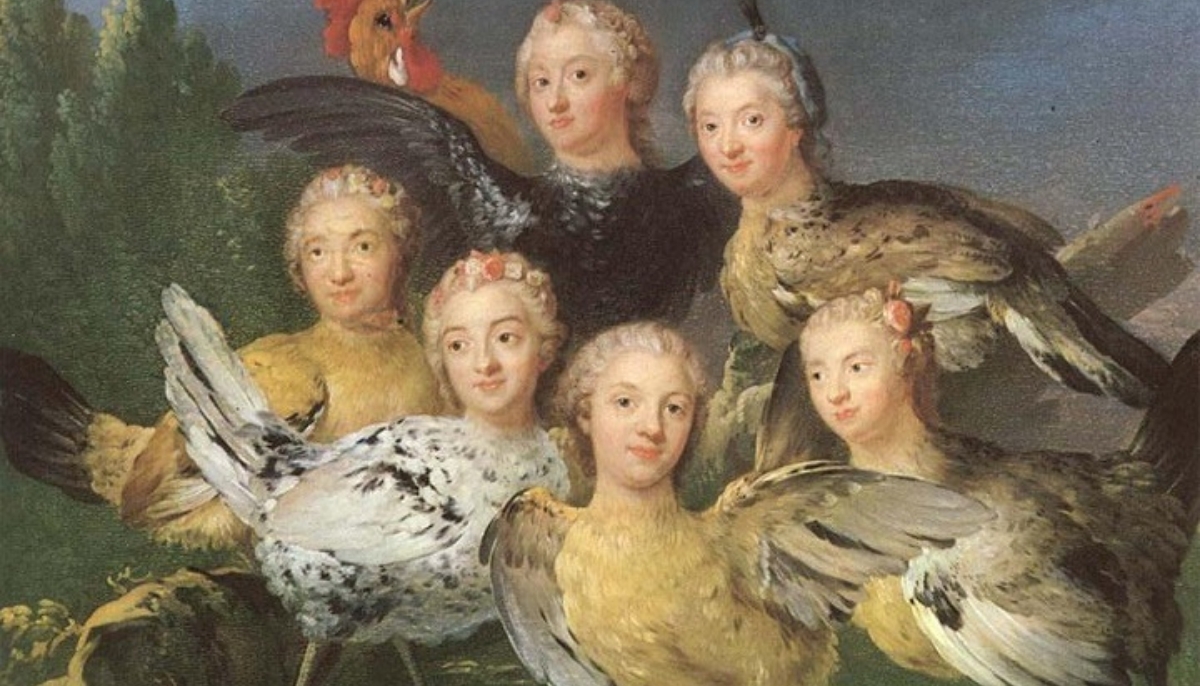Step into the realm of ancient Greco-Roman paganism, where gods and goddesses reigned supreme, from the sky-scraping peaks of Mount Olympus to the shadowy underworld.
It’s a world filled with divine drama and earthly passions, influencing everything from love and crops to epic battles.
Yet, it wasn’t just Zeus, Athena, and Apollo capturing hearts and minds. Underground cults were the startups of ancient spirituality, offering insider secrets, magical powers, and the ultimate VIP pass—divine salvation.
This article highlights five standout mystery cults of yesteryears that still fascinate us, their secrets protected by the sands of time.
5. Mithras
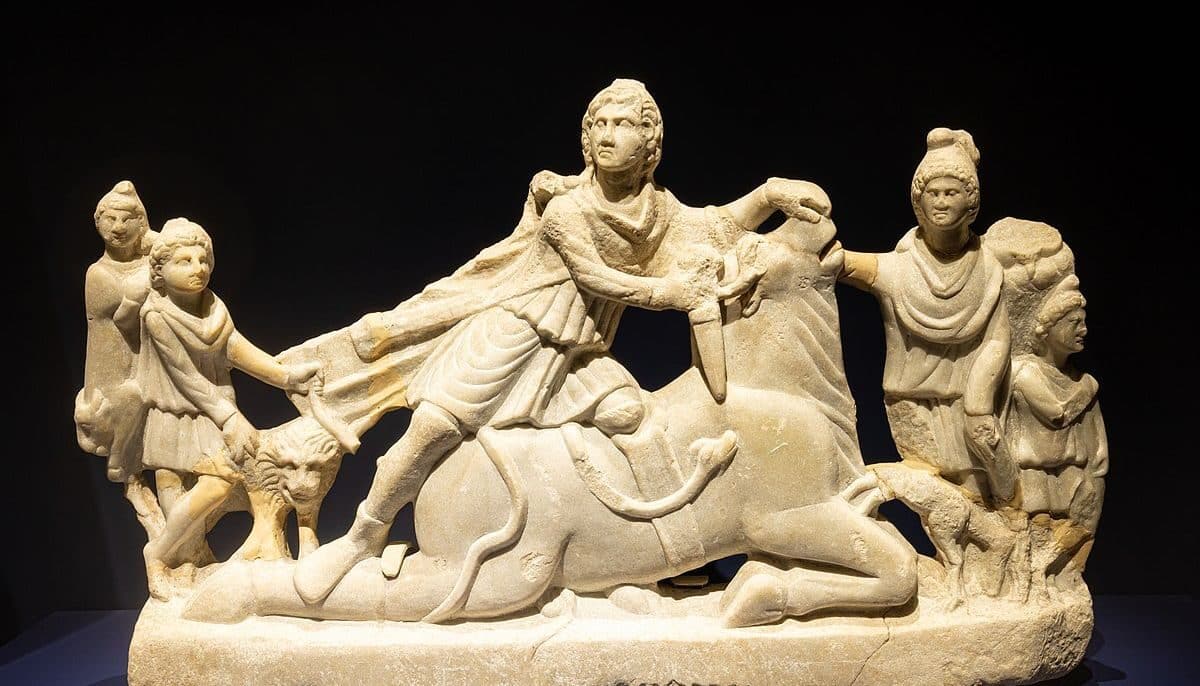
The Mithraic mystery cult was a shadowy and exclusive clique from antiquity that thrived in secrecy. With limited records, much of what we know comes from subterranean temples or Mithraea. These vaulted chambers showcase vivid art, including Mithras slaying a bull—a cornerstone image in their lore.
This wasn’t just any cult; it was the go-to spiritual hub for Roman soldiers. Members lived by a rigid ethical code and pledged unwavering loyalty to Mithras. Only men could join, greeted by a secret handshake that opened doors to the Mithraea’s inner chambers.
From there, initiates embarked on a rigorous journey, ascending through seven ranks—from Crow to Father. Each rank had its rites and rituals, offering a ladder to spiritual ascension.
Although the whole essence of the Mithraic cult remains elusive, what we know offers compelling insights into a captivating slice of ancient spirituality.
With its intricate rituals, structured ranks, and captivating art, it’s a topic that continues to intrigue and puzzle. Consider it the Freemasonry of the ancient world, a subject that’s bound to keep us guessing.
4. Dionysus
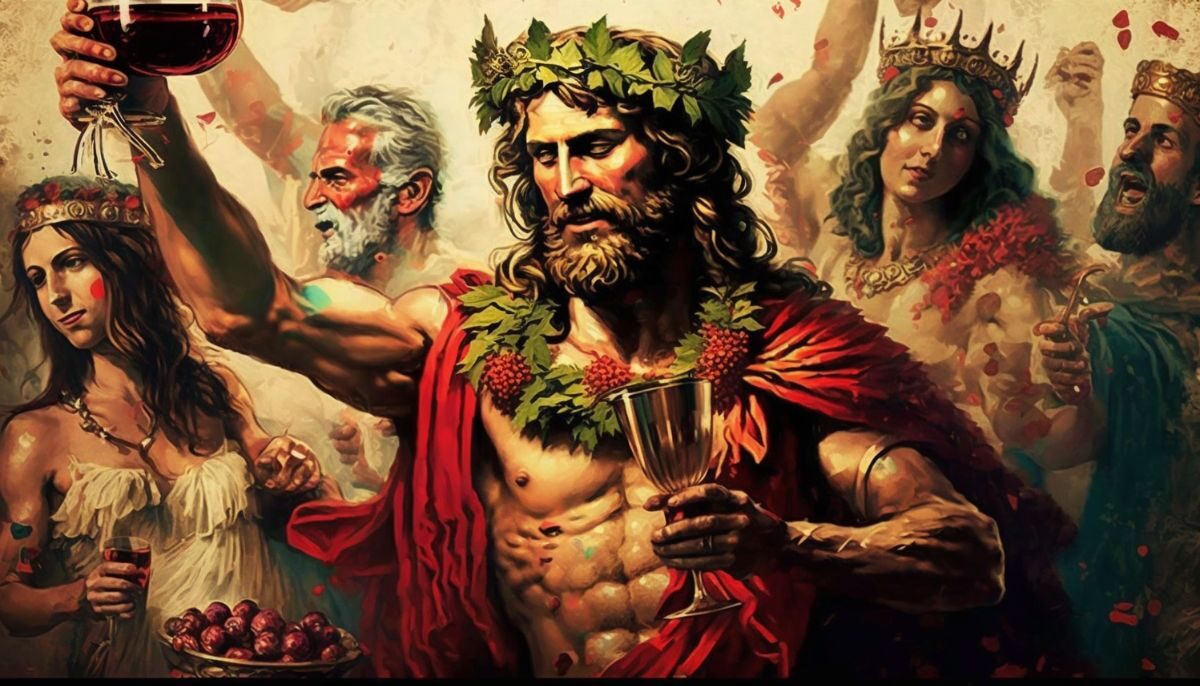
Famed for their lavish feasts and ecstatic rituals, this cult was the life of the ancient Greek and Roman party scene. From goblets of wine to frenzied dances, followers pursued pleasure in honor of Dionysus, the god of wine and wild abandon.
Picture a rave with religious reverence: blood rituals, animal sacrifices, and even drinking the life essence of the sacrificed. The artwork of Dionysus is often shown with a panther by his side, as he epitomizes humanity’s untamed nature.
And about that wine—flowing like rivers, it was more than a drink; it was a divine catalyst. The aim? Lose your inhibitions, tap into your primal self, and reach a transcendent state. Think of it as ancient therapy, a sacred path to higher enlightenment.
Though some saw their practices as over the top, devotees were all-in, embracing the ecstatic to unlock cosmic mysteries. The cult’s impact rippled through time, inspiring art and literature that still captivates us today.
If you’re interested in how Dionysus and the other myths of Ancient Greece were recorded, check out our article on the best Greek sagas for adults.
So here’s a toast to Dionysus, the god who knew how to throw a party for the ages.
3. Eleusinian Mysteries
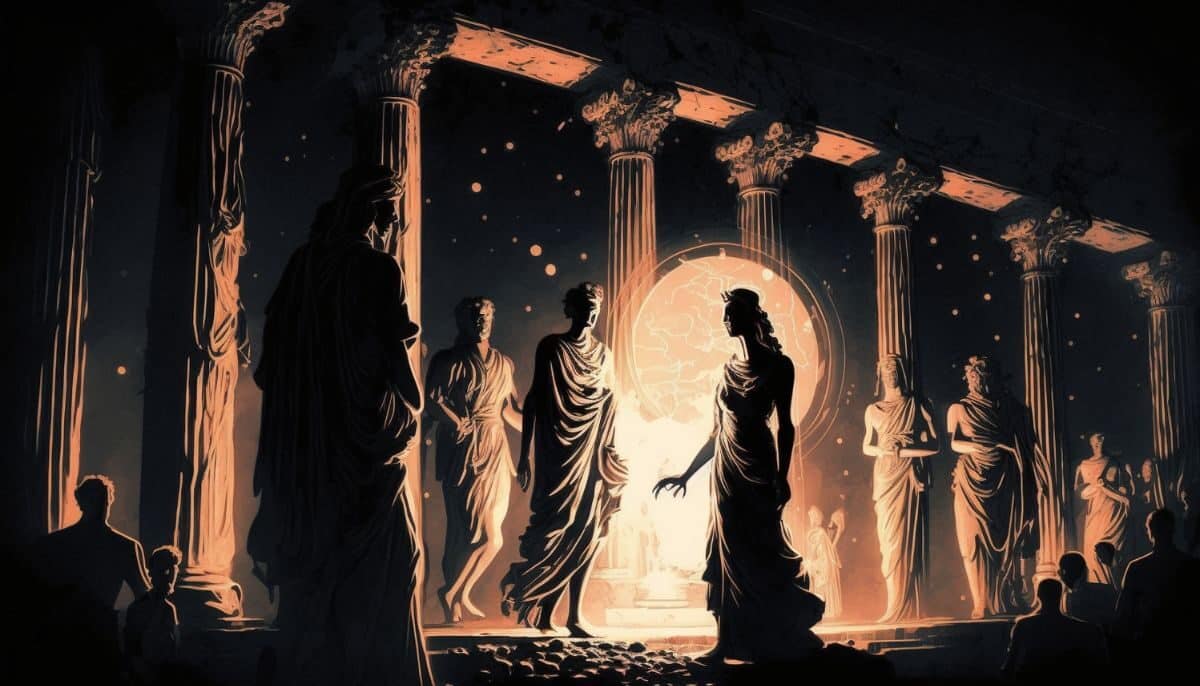
Step into the world of the Eleusinian Mysteries, a cult steeped in secrecy but famous enough to captivate seekers across the Mediterranean. Devoted to Demeter, the goddess of agriculture, this cult endured for centuries, leaving an indelible imprint on ancient spirituality.
Born from agrarian roots, the cult’s rituals centered in Eleusis, Greece. Each year, devotees gathered to enact rites to the tale of Persephone, Demeter’s daughter, who was abducted by Hades. Her return each spring symbolized rebirth, aligning with natural cycles.
What exactly happened during these rites? Good luck finding out. Initiation came with a gag order, a vow of secrecy that’s kept scholars guessing for millennia. Though theories about psychedelic rituals float around, the cult’s inner workings remain largely hidden.
Yet, the air of mystery only fueled its allure. Seen as a gateway to spiritual enlightenment, the Eleusinian Mysteries drew a global following. Its impact echoed through the ages, inspiring thinkers, artists, and poets long past antiquity.
So, while the Eleusinian Mysteries may forever stay mysterious, their contribution to ancient paganism and their imprint on human curiosity stand as an unshakable legacy.
It’s an ancient riddle that still fascinates, a testament to humanity’s eternal quest for the unknown.
2. Sol Invictus
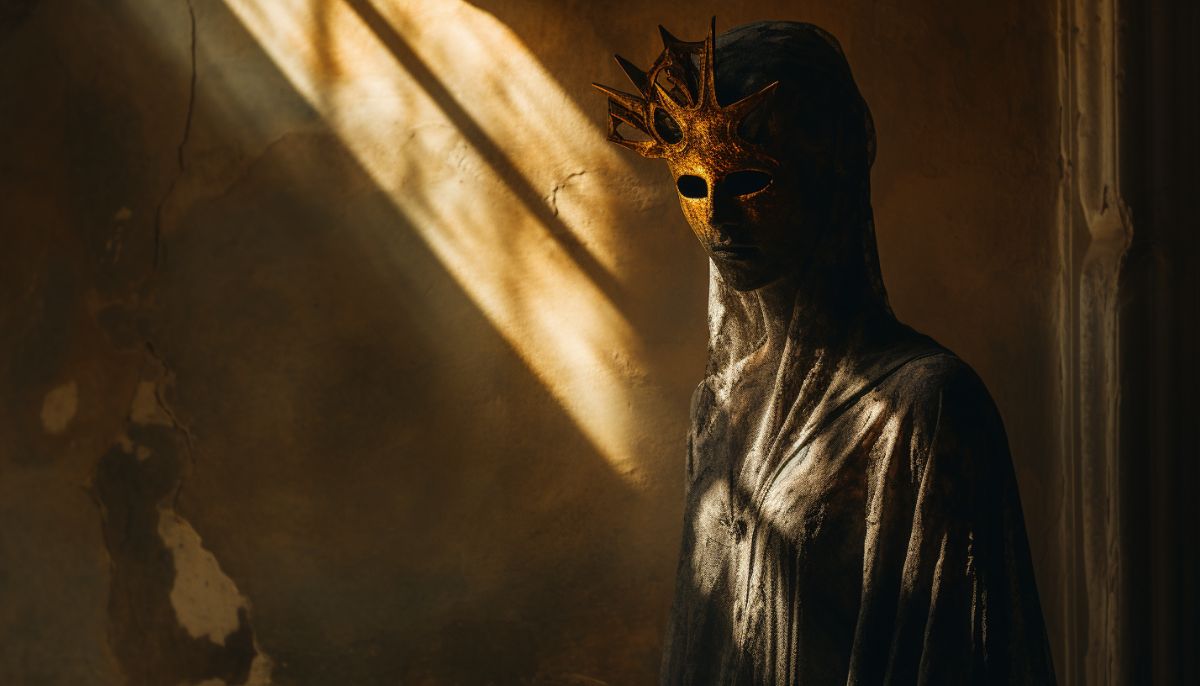
Enter the captivating world of the Cult of the Unconquered Sun, a blend of Roman and Syrian traditions that shook the very core of ancient Roman society. It was brought to Rome by the teenage Emperor Elagabalus. This cult aimed to revolutionize the Roman religious landscape.
Elagabalus had big plans for Sol, the sun god, envisioning him as the pinnacle of the Roman pantheon. In a shocking twist, he even attempted to merge Sol’s cult with the worship of Vesta, seeking alliance through a marriage to a Vestal Virgin. This bold move divided Rome and ultimately led to Elagabalus’s untimely death.
Yet, Sol’s light didn’t dim. Under Emperor Aurelian, the cult found renewed vitality, especially among soldiers who revered the sun as a sign of military prowess. Aurelian’s reign earned him the lofty title “Restorer of the World,” he reunited the Roman Empire (and landed on our list of The Greatest Emperors of Rome)
By the fourth century, Christianity was declared the official Roman religion, signaling the end of this and other mystery cults.
The Cult of the Unconquered Sun still glimmers in our collective memory, symbolizing the sun’s enduring power and humanity’s ceaseless quest for the mystical.
1. Cult of Cybele
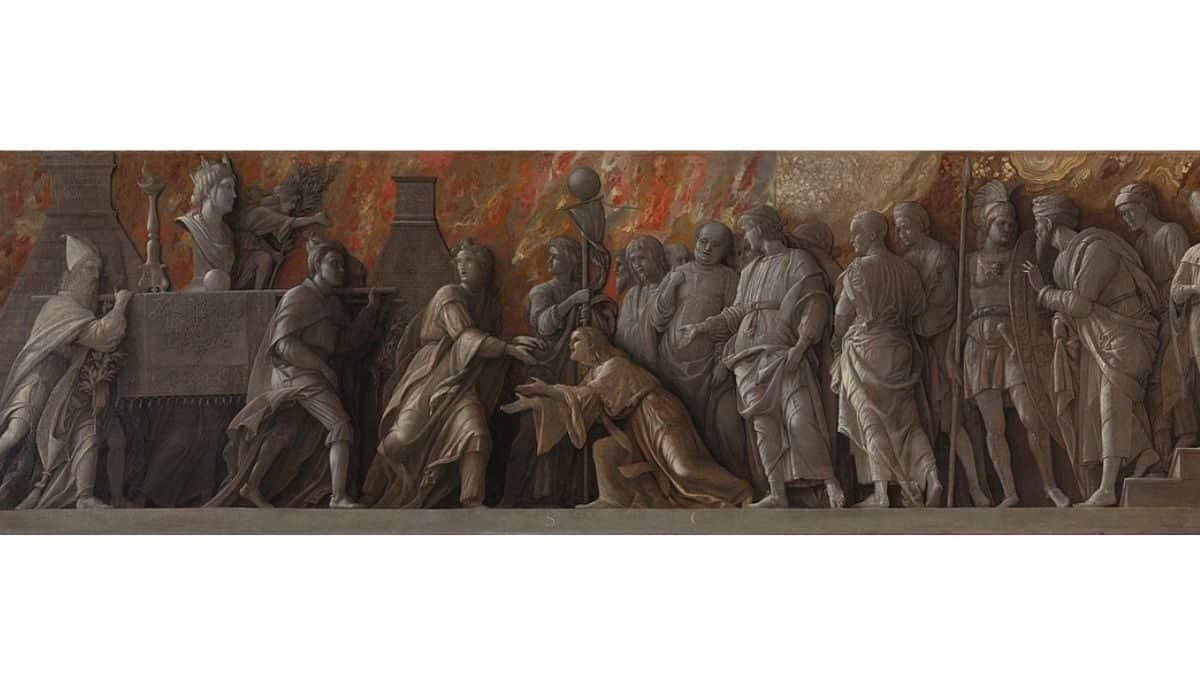
Dive into the cult of Cybele if you’re seeking a walk on the ancient world’s wild side. Centered on a fertility goddess believed to dwell in mountainous realms, this cult was anything but conventional.
Originating in 5th-century BC Greece, Cybele’s worshippers knew how to make an impression. Take their Day of Blood celebration, for instance. In a shocking display of devotion, followers would castrate themselves publicly.
As you can imagine, Roman authorities weren’t fans. As Rome’s influence expanded, Cybele’s cult had to adapt or face extinction.
The solution? They swapped human castration for bull sacrifice—a switch likely welcomed by some, yet still scandalous enough to maintain their edgy reputation.
Despite its eyebrow-raising practices, the cult held sway. People saw Cybele as a robust guardian of life and fertility, and her appeal transcended the norms of the day.
So, if you’re intrigued by the unconventional, the cult of Cybele might be the ancient enigma you’ve been looking for.
Whether you’re a history buff, a spiritual seeker, or just curious, these ancient cults continue to captivate, revealing the complexities of ancient Rome’s Mythological and religious makeup.
